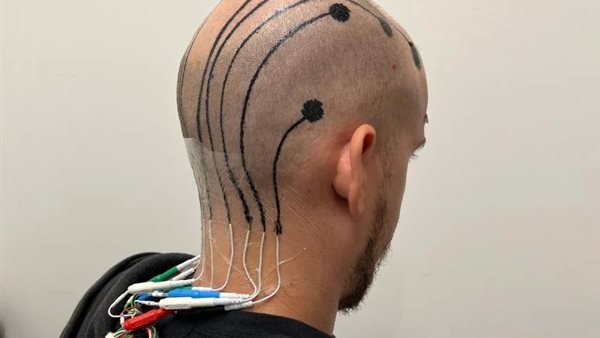
Tuesday 03 December 2024 – 12:36 PM
Researchers have developed a liquid ink that can be printed directly on the scalp to monitor brain activity, providing a less invasive alternative to traditional electroencephalography (EEG) setups, according to scitechdaily.
Scientists create tattoos to monitor brain activity
This ink allows the creation of electronic tattoos that accurately track brain waves and maintain communication for long periods. These innovations could radically change the application of brain-computer interface technologies, making them more comfortable and efficient for users.
Innovative liquid ink to monitor brain activity
Scientists have succeeded in developing an innovative liquid ink that can be printed directly on a patient’s scalp to monitor brain activity. This invention was published on December 2 in the journal Cell Biomaterials, and offers a simpler and more efficient alternative to traditional methods of tracking brain waves and diagnosing neurological conditions. This invention also holds great promise. Developing non-invasive brain-computer interface techniques.
“Our innovations in sensor design, biocompatible ink, and high-speed printing pave the way for the fabrication of on-body electronic tattoo sensors in the future, with broad applications inside and outside of clinical settings,” says Nancho Lu, a researcher at the University of Texas at Austin.
Revolutionizing brain mapping using electronic tattoos
EEG is an important tool for diagnosing a variety of neurological conditions, including seizures, brain tumors, epilepsy, and brain injuries. During a traditional EEG test, technicians measure the patient’s scalp using a ruler and pencils, marking more than a dozen points where they will attach electrodes. Electroencephalograms are connected to a data collection device via long wires to monitor the patient’s brain activity. This setup is time-consuming, inconvenient, and may be uncomfortable for many patients, who must sit during an electromyography test. brain for hours.



